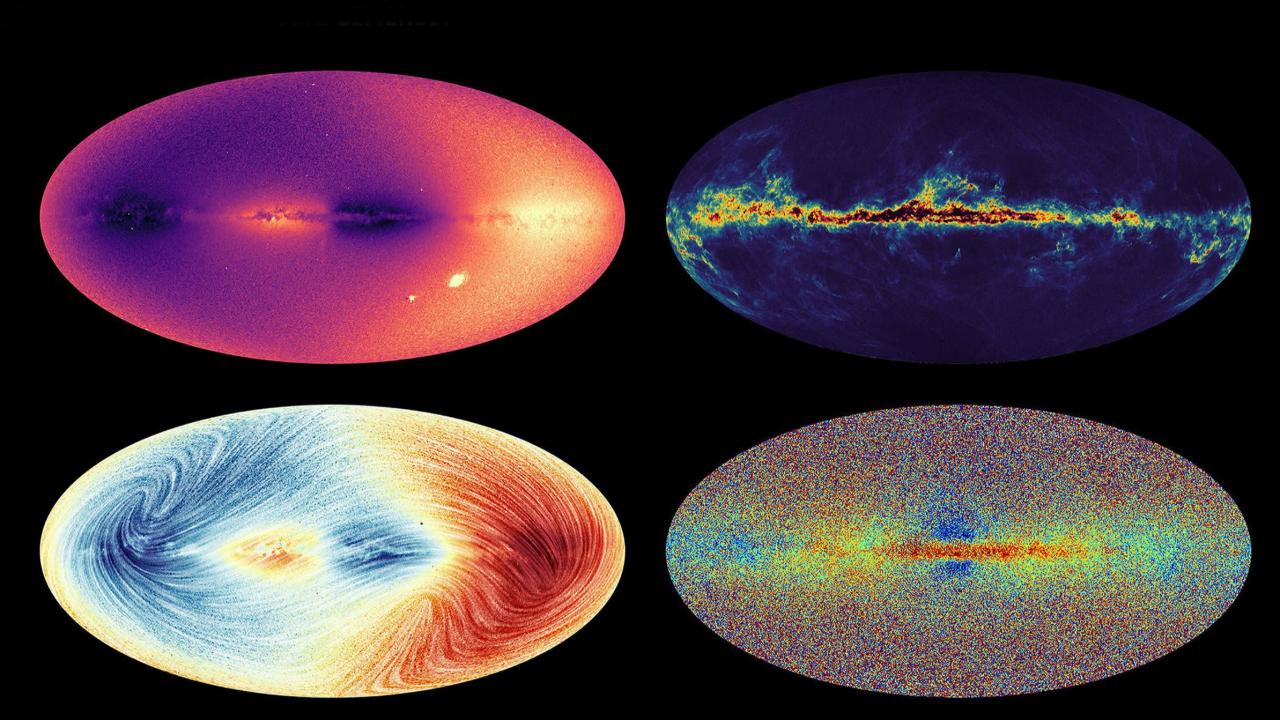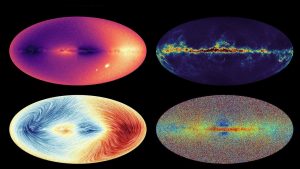Scientists map Milky Way stars using European space telescope
欧洲太空望远镜揭开近20亿颗恒星面纱
Data from the Gaia observatory will help to reconstruct our galaxy’s evolution and predict its development
盖亚太空望远镜揭示了关于银河系内部恒星多样性的大量细节,这将有助于科学家重建银河系的演化,并预测其在数十亿年后的发展。

A European space telescope has revealed extensive details of the stellar diversity within our Milky Way, which will help scientists to reconstruct the galaxy’s evolution and predict its development billions of years into the future.
欧洲的一座太空望远镜揭示了关于银河系内部恒星多样性的大量细节,这将有助于科学家重建地球所在星系的演化,并预测其在数十亿年后的遥远未来的发展。
Astronomers are using new data from the Gaia observatory to map the movements and chemical signatures of almost 2bn stars — giants and dwarfs, old and young — including some vibrating violently during events known as “starquakes”.
天文学家们正在使用来自盖亚(Gaia)太空望远镜的新数据来绘制近20亿颗恒星的运动和化学特征——无论是巨星还是矮星,也无论是年代久远的恒星还是新生的恒星,包括一些在被称为“星震”的事件中剧烈振动的恒星。








